Home>Gardening & Outdoor>Landscaping Ideas>How To Get Grass To Grow Fast


Landscaping Ideas
How To Get Grass To Grow Fast
Modified: October 18, 2024
Learn effective landscaping ideas to make your grass grow fast. Discover expert tips and techniques for achieving a lush, green lawn in no time.
(Many of the links in this article redirect to a specific reviewed product. Your purchase of these products through affiliate links helps to generate commission for Storables.com, at no extra cost. Learn more)
Introduction
Are you eager to transform your yard into a lush, vibrant carpet of green? Achieving rapid grass growth requires a blend of patience, knowledge, and strategic care. Whether you're aiming to revitalize a patchy lawn or establish a new grassy expanse, understanding the fundamentals of grass growth is essential. By mastering the art of soil preparation, selecting the right grass seed, implementing effective watering and fertilizing techniques, and addressing common growth challenges, you can cultivate a thriving lawn in no time.
In this comprehensive guide, we'll delve into the intricacies of accelerating grass growth, equipping you with the insights and strategies needed to foster a verdant landscape. From deciphering the nuances of soil composition to unraveling the mysteries of proper watering and fertilization, we'll navigate through the key principles that underpin rapid grass growth. By the end of this journey, you'll be empowered to transform your outdoor space into a flourishing oasis, teeming with the lush, emerald allure of vibrant grass. So, let's embark on this enlightening expedition and unlock the secrets of nurturing fast and healthy grass growth.
Key Takeaways:
- To grow grass fast, focus on soil preparation, choosing the right grass seed, proper watering, and fertilizing. Understanding the basics of grass growth is crucial for a thriving lawn.
- Address common grass growth issues like weeds, pests, and compacted soil to fortify the lawn. With strategic care and knowledge, transform your outdoor space into a lush, vibrant oasis.
Read more: How To Stop Grass From Growing Fast
Understanding the Basics of Grass Growth
Before diving into the intricacies of accelerating grass growth, it’s crucial to grasp the fundamental processes that govern the life cycle of grass. Grass, like all plants, relies on photosynthesis to harness energy from sunlight, which is then converted into vital nutrients through a complex biochemical process. This energy fuels the growth and development of the grass, enabling it to thrive and flourish.
Grass growth is influenced by various factors, including sunlight, water, nutrients, and soil conditions. Understanding the interplay of these elements is pivotal to fostering rapid and healthy grass growth. Sunlight serves as the primary energy source for photosynthesis, driving the production of sugars that fuel the grass’s growth and sustenance. Adequate sunlight exposure is thus essential for robust grass development.
Water is another indispensable component of grass growth. It facilitates nutrient absorption, aids in temperature regulation, and enables the transportation of vital substances within the grass. Insufficient water can impede growth, leading to wilting and discoloration. Conversely, excessive water can suffocate the roots and create an environment conducive to disease and decay. Striking the right balance in watering is therefore critical for promoting optimal grass growth.
Moreover, the composition of the soil profoundly impacts grass growth. The soil’s texture, structure, pH level, and nutrient content all influence the grass’s ability to establish roots, access essential nutrients, and thrive. By comprehending the intricate relationship between grass and soil, you can tailor your approach to soil preparation and amendment, laying a solid foundation for accelerated grass growth.
By gaining a deeper insight into the fundamental principles of grass growth, you’ll be better equipped to navigate the nuances of lawn care and cultivation. Armed with this knowledge, you can embark on the journey to transform your outdoor space into a verdant sanctuary, brimming with the splendor of luxuriant grass.
Preparing the Soil for Fast Grass Growth
The soil serves as the bedrock for robust grass growth, providing essential nutrients, aeration, and support for the roots. Preparing the soil to create an optimal environment for grass germination and development is a crucial initial step in fostering rapid grass growth.
Before seeding or sodding, it’s imperative to assess the soil’s composition and condition. Conducting a soil test can unveil vital insights into its pH level, nutrient content, and texture. This knowledge empowers you to make informed decisions regarding soil amendment, ensuring that the grass receives the necessary foundation for vigorous growth.
Amending the soil to rectify deficiencies and enhance its structure is often necessary for expediting grass growth. Incorporating organic matter, such as compost or well-rotted manure, can bolster the soil’s fertility and improve its ability to retain moisture and nutrients. Additionally, adjusting the soil’s pH level to fall within the optimal range for grass growth, typically between 6.0 and 7.0, can significantly bolster the grass’s capacity to absorb nutrients from the soil.
Furthermore, ensuring proper soil aeration is vital for facilitating healthy grass growth. Compacted soil can impede root development and hinder the grass’s access to oxygen, water, and nutrients. Aerating the soil through mechanical or manual means enhances its porosity, promoting robust root growth and nutrient uptake.
By meticulously preparing the soil to address its specific requirements and optimize its fertility and structure, you establish a favorable environment for fast grass growth. This foundational groundwork sets the stage for successful grass establishment and paves the way for a verdant, thriving lawn.
Choosing the Right Grass Seed
Selecting the appropriate grass seed is a pivotal determinant of the speed and success of grass growth. The diverse array of grass species and cultivars available necessitates a thoughtful and informed decision to align the seed choice with your specific lawn requirements and environmental conditions.
When deliberating on the ideal grass seed, considerations such as climate, soil type, sun exposure, and anticipated lawn usage should guide your selection. Cool-season grasses, including fescue, bluegrass, and ryegrass, thrive in regions with moderate temperatures, while warm-season varieties such as Bermuda grass and Zoysia excel in hotter climates. Adhering to the recommended grass species for your geographical area is instrumental in ensuring rapid and robust grass growth.
Moreover, assessing the soil composition and drainage characteristics aids in identifying grass species that are well-suited to the soil conditions. For instance, certain grass varieties exhibit superior tolerance to clay soils or possess enhanced drought resistance, making them ideal choices for specific soil profiles.
Consider the sunlight exposure in your lawn area to determine whether you require shade-tolerant or sun-loving grass species. Shaded regions benefit from shade-tolerant grasses such as fine fescue, which thrive in low-light conditions, while sun-drenched areas are best adorned with sun-loving species like Bermuda grass, renowned for their resilience in high-illumination settings.
Equally important is evaluating the intended usage of the lawn, whether it’s for ornamental purposes, heavy foot traffic, or recreational activities. Certain grass cultivars are tailored to withstand rigorous wear and tear, making them optimal choices for lawns that will endure frequent use.
By meticulously aligning the grass seed selection with your unique environmental and usage prerequisites, you pave the way for accelerated grass growth and the establishment of a resilient, thriving lawn that embodies the allure of lush, verdant grass.
To get grass to grow fast, make sure to water it deeply and regularly, especially in the morning. Also, fertilize the grass with a high-nitrogen fertilizer to promote growth. Finally, mow the grass at the right height to encourage healthy growth.
Proper Watering Techniques
Watering is a cornerstone of effective lawn care, wielding a profound influence on the pace and quality of grass growth. Implementing proper watering techniques is essential for nurturing healthy, resilient grass that flourishes at an accelerated pace.
One of the cardinal rules of watering is to prioritize deep, infrequent watering over frequent, shallow irrigation. Deep watering encourages the development of robust, deep-root systems, enabling the grass to access moisture and nutrients from lower soil layers. Shallow watering, on the other hand, fosters shallow root growth, rendering the grass more susceptible to drought and heat stress.
Timing is also critical when it comes to watering. Early morning is widely regarded as the optimal time for irrigating the lawn, as it allows the grass blades to dry swiftly in the sun, minimizing the risk of fungal diseases. Watering in the evening or at night can create prolonged moisture on the grass, heightening the likelihood of fungal infestations and other moisture-related issues.
Furthermore, employing a methodical approach to watering, such as utilizing sprinklers or irrigation systems, ensures uniform coverage and efficient water distribution across the lawn. Evenly moistening the entire area promotes consistent grass growth and minimizes the emergence of dry patches or overwatered areas.
Adhering to the principle of watering deeply and infrequently, timing irrigation sessions appropriately, and ensuring uniform water distribution equips you with the tools to fortify your lawn with the essential moisture it requires to burgeon into a luxuriant, vibrant expanse of grass.
Read more: How To Get Your Grass To Grow
Fertilizing for Faster Growth
Fertilization stands as a pivotal facet of promoting rapid and vigorous grass growth, supplying essential nutrients that fortify the grass and propel its development. By adhering to a well-devised fertilization regimen, you can optimize the soil’s nutrient content, bolster the grass’s resilience, and expedite its growth trajectory.
Before embarking on a fertilization program, it’s imperative to conduct a soil test to ascertain the existing nutrient levels and identify potential deficiencies. Armed with this knowledge, you can tailor your fertilization approach to rectify any nutrient inadequacies and fortify the soil to support accelerated grass growth.
When selecting a fertilizer, consider the nitrogen-phosphorus-potassium (N-P-K) ratio, which denotes the proportion of each nutrient in the fertilizer. A high-nitrogen fertilizer is particularly beneficial for stimulating lush, vigorous grass growth, as nitrogen is instrumental in fostering leaf and stem development. Phosphorus aids in root establishment and fortifies the grass’s capacity to absorb nutrients, while potassium contributes to disease resistance and overall plant vigor.
Implementing a schedule for fertilization, typically in spring and fall, aligns with the grass’s peak growing seasons, maximizing the impact of the nutrients on its development. Applying the fertilizer evenly and judiciously, following the recommended application rates, ensures that the grass receives the requisite nourishment without the risk of overfertilization, which can impede growth and compromise the grass’s health.
Additionally, opting for slow-release fertilizers can provide a sustained nutrient supply to the grass over an extended period, fostering consistent growth and minimizing the risk of nutrient leaching or runoff.
By embracing a strategic and informed approach to fertilization, you can infuse the soil with the vital nutrients that propel rapid grass growth, fostering a verdant, resilient lawn that exudes the vibrant allure of lush, thriving grass.
Dealing with Common Grass Growth Issues
While striving for rapid and robust grass growth, it’s crucial to be attuned to the common issues that can impede the lawn’s development and vitality. By preemptively addressing these challenges, you can fortify the grass’s resilience and expedite its growth trajectory, ensuring a lush, thriving lawn.
Weeds pose a perennial threat to grass growth, competing for vital resources and impeding the grass’s development. Implementing targeted weed control measures, such as selective herbicide applications and manual removal, can curtail weed encroachment and safeguard the grass’s access to essential nutrients and sunlight.
Another prevalent impediment to grass growth is the emergence of pests and diseases. Insects like grubs and chinch bugs, as well as fungal infections such as dollar spot and brown patch, can compromise the grass’s health and impede its growth. Employing integrated pest management strategies and adhering to proper lawn maintenance practices, including adequate aeration and overseeding, can mitigate the risk of pest and disease outbreaks, fortifying the grass’s capacity to thrive.
Furthermore, compacted soil can stifle grass growth by impeding root development and hindering nutrient uptake. Aerating the soil to alleviate compaction and enhance its porosity fosters robust root growth, ensuring that the grass can access the vital resources it needs to flourish.
Inadequate or excessive watering can also thwart grass growth, leading to wilted, lackluster grass or promoting disease susceptibility. Adhering to proper watering practices, including deep, infrequent irrigation and watering during the early morning hours, can mitigate these issues and fortify the grass’s resilience.
By proactively addressing these common grass growth challenges, you can fortify the lawn against potential impediments, nurturing a resilient, thriving expanse of grass that burgeons at an accelerated pace, embodying the allure of lush, verdant vitality.
Conclusion
Cultivating a vibrant, verdant lawn teeming with lush, healthy grass is a gratifying endeavor that hinges on a blend of knowledge, strategic care, and attentive stewardship. By delving into the intricacies of soil preparation, grass seed selection, watering techniques, fertilization, and the mitigation of common growth challenges, you’ve embarked on a transformative journey toward fostering rapid and robust grass growth.
Understanding the fundamental principles that underpin grass growth, from the pivotal role of sunlight and water to the profound impact of soil composition, equips you with the insights needed to orchestrate an environment conducive to accelerated grass development. By tailoring your approach to soil preparation, selecting the optimal grass seed for your specific environmental and usage requirements, and embracing proper watering and fertilization techniques, you lay the groundwork for a flourishing, resilient lawn that burgeons with the vibrant allure of thriving grass.
As you navigate the nuances of lawn care and cultivation, it’s essential to remain attuned to the common challenges that can impede grass growth, from weed encroachment and pest infestations to soil compaction and irrigation imbalances. By preemptively addressing these issues and fortifying the grass against potential impediments, you safeguard its capacity to thrive and flourish at an accelerated pace.
Armed with this comprehensive understanding and a strategic approach to lawn care, you possess the tools to transform your outdoor space into a captivating oasis adorned with the luxuriant splendor of vibrant, resilient grass. Embrace the journey with patience, attentiveness, and a deep-rooted passion for nurturing nature’s verdant tapestry, and witness your vision of a thriving, lush lawn spring to life before your eyes.
So, step forth with confidence, armed with the knowledge and insights gleaned from this enlightening expedition, and usher in a new era of rapid, healthy grass growth that elevates your outdoor haven into a sanctuary of lush, vibrant vitality.
Frequently Asked Questions about How To Get Grass To Grow Fast
Was this page helpful?
At Storables.com, we guarantee accurate and reliable information. Our content, validated by Expert Board Contributors, is crafted following stringent Editorial Policies. We're committed to providing you with well-researched, expert-backed insights for all your informational needs.


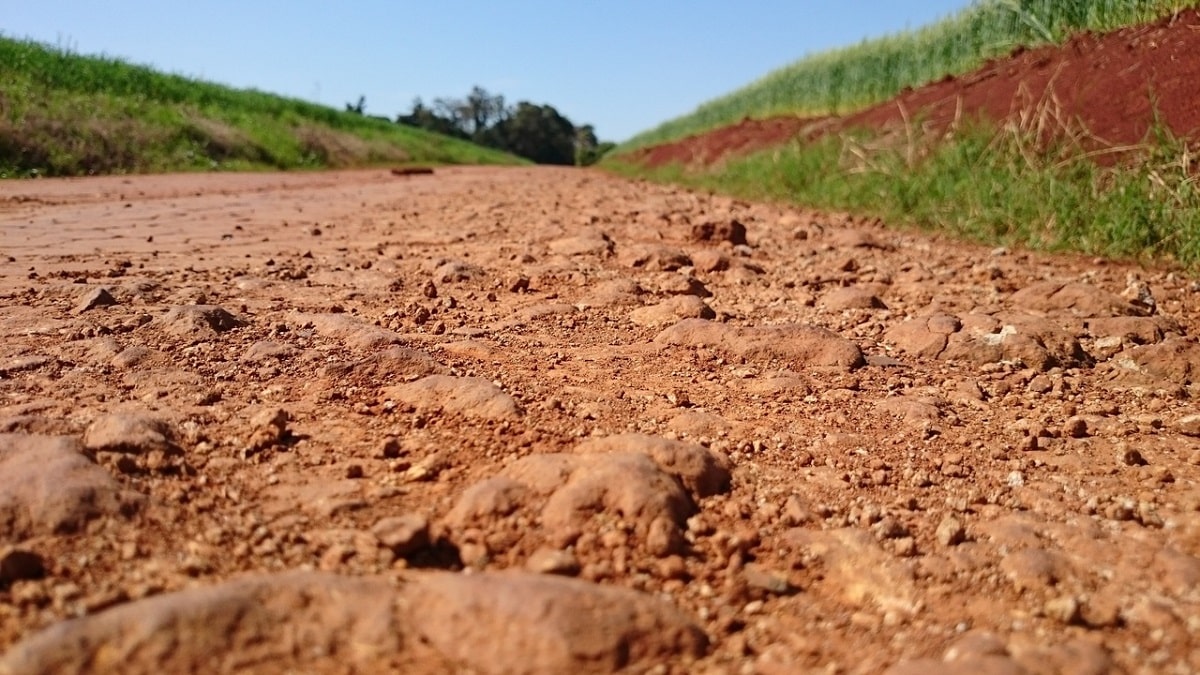

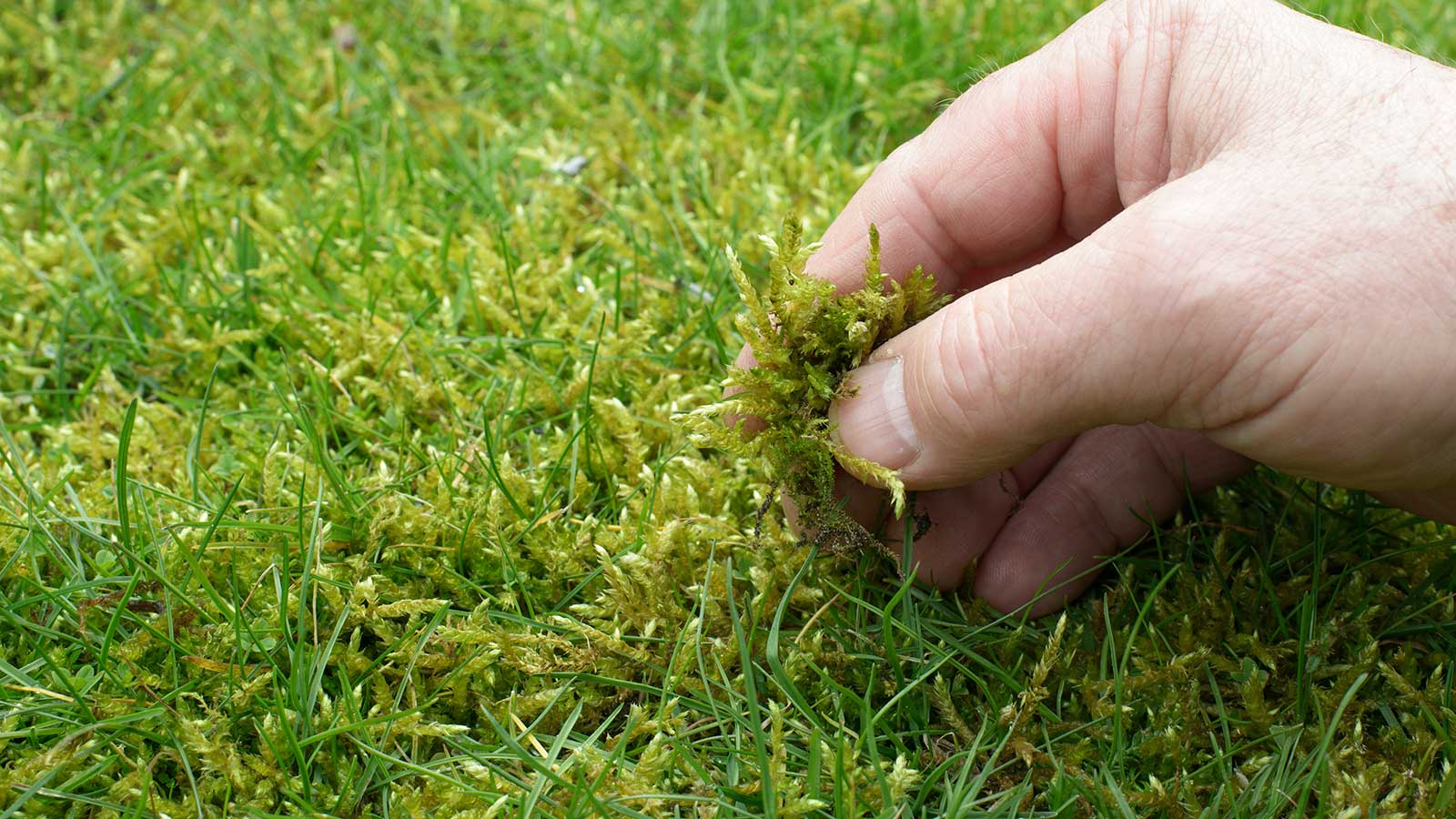
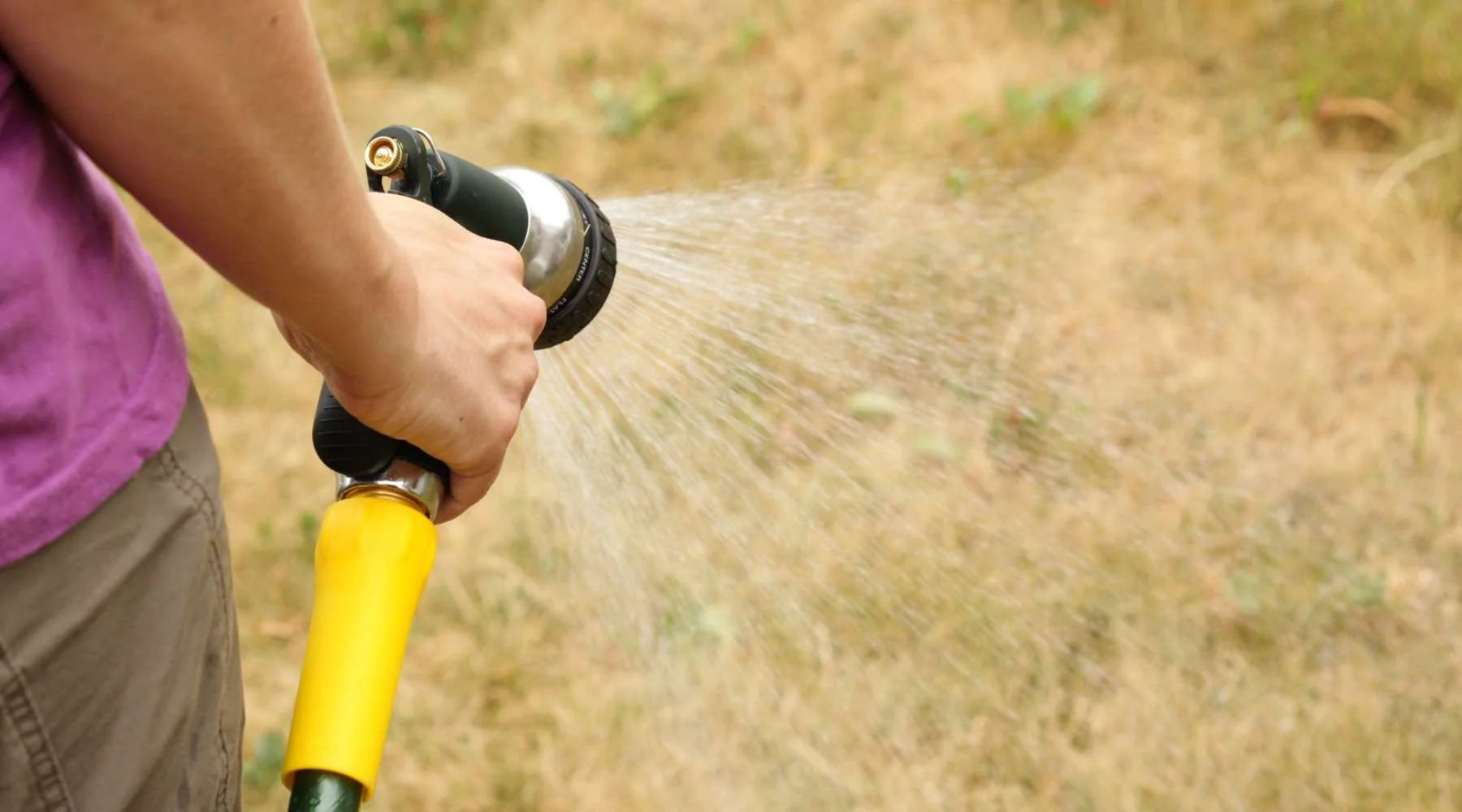


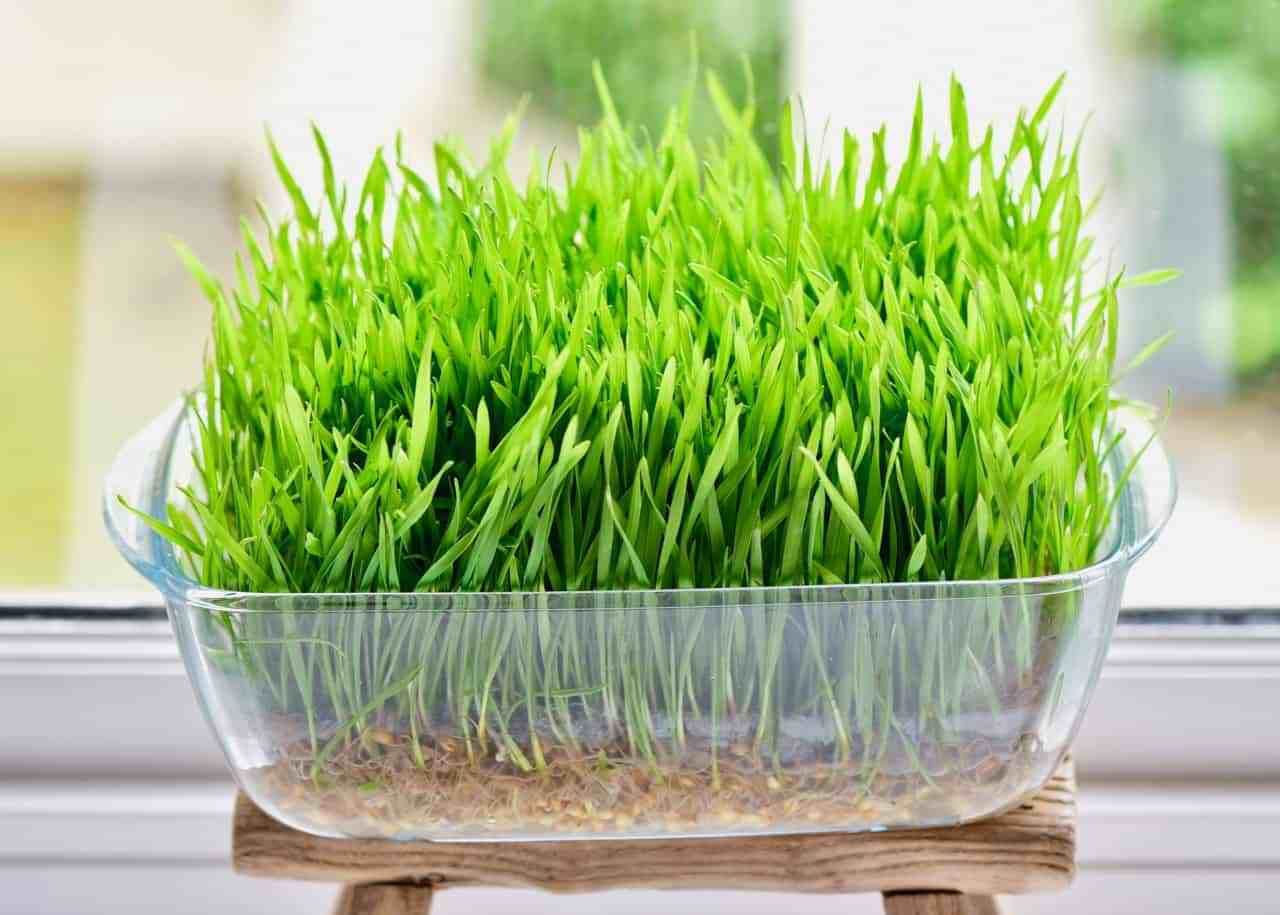
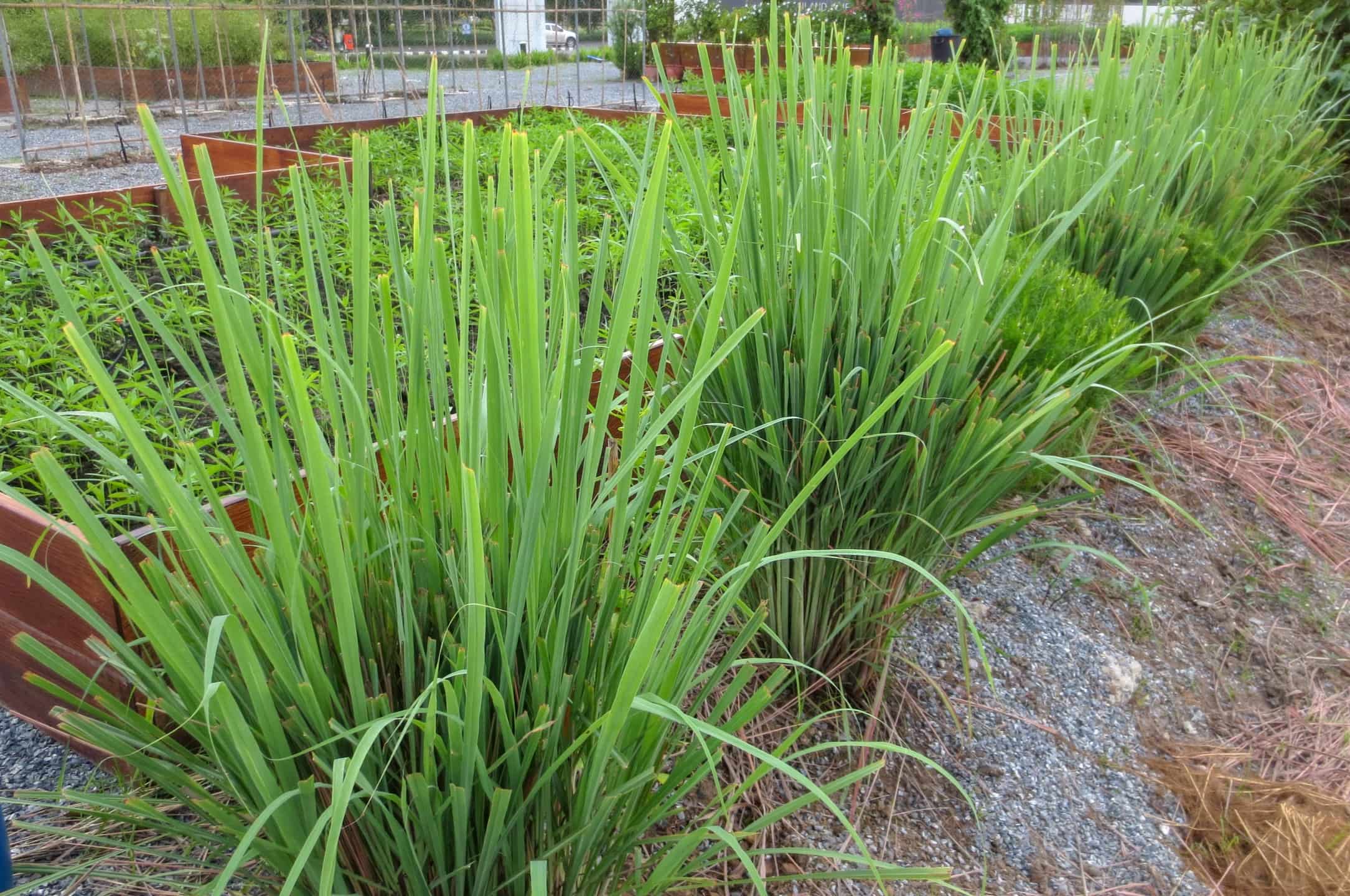
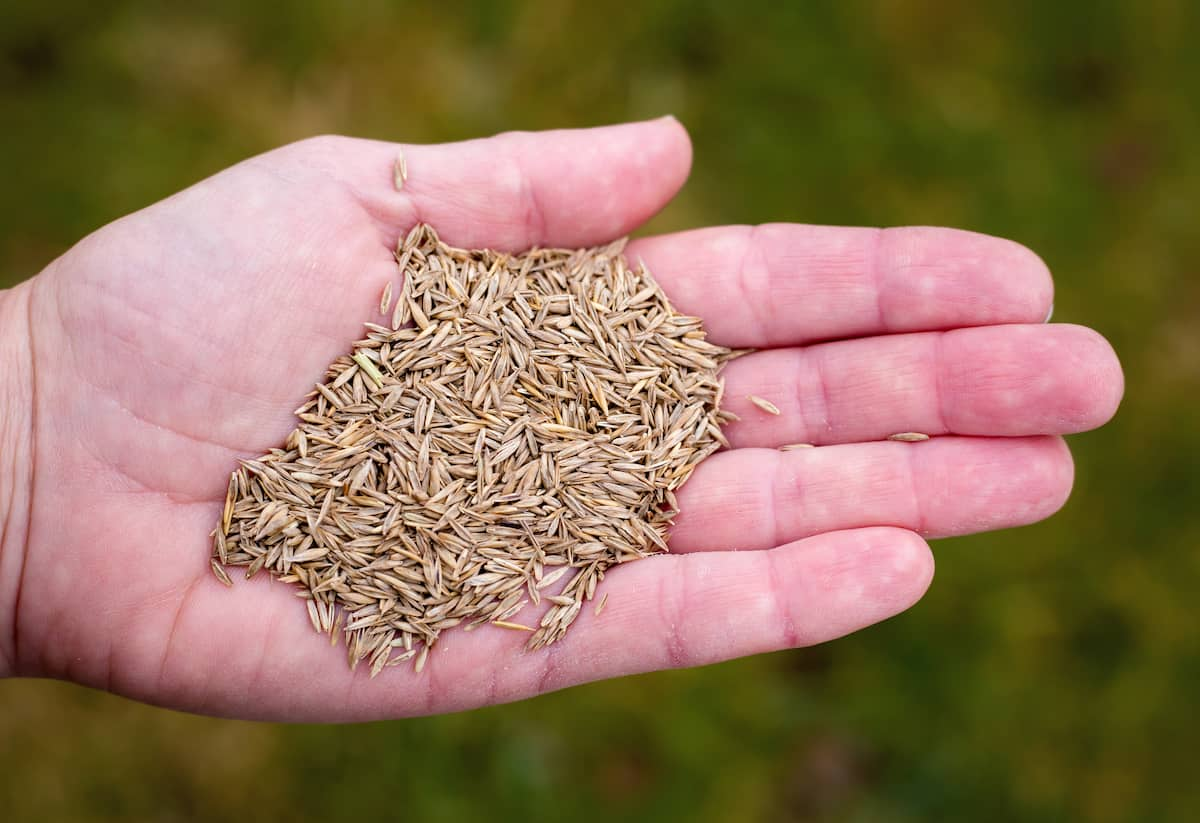




0 thoughts on “How To Get Grass To Grow Fast”